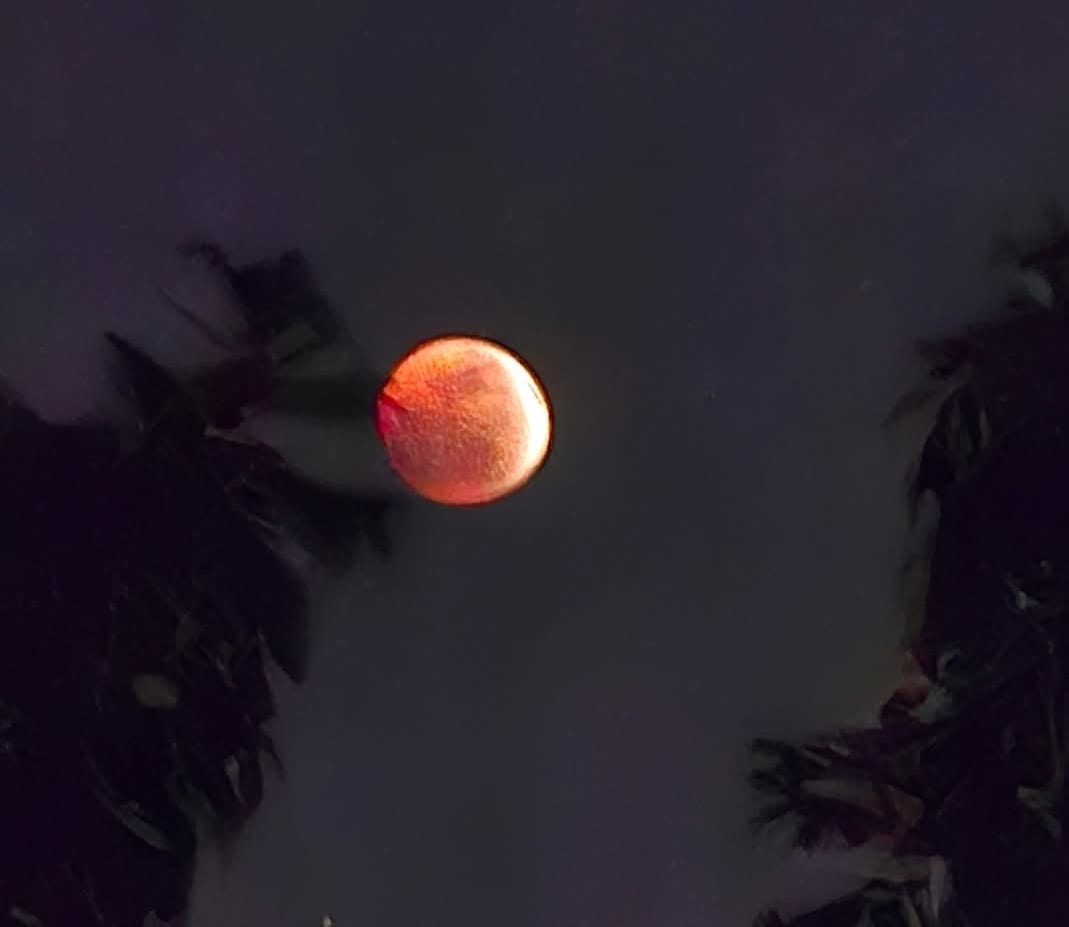‘Blood Moon’ eclipse prompts special prayers among Muslims in Garissa

As the moon darkened and glowed crimson between 8:30 pm and 9:52 pm, mosques across the northeastern town filled with worshippers performing Salat al-Khusuf — special eclipse prayers observed during such rare astronomical events.
When the moon turned a striking shade of red on Sunday night, many Kenyans gazed skyward in awe.
For Muslims in Garissa, the total lunar eclipse popularly called a “Blood Moon” was more than just a celestial spectacle. It was also a moment of worship.
As the moon darkened and glowed crimson between 8:30 pm and 9:52 pm, mosques across the northeastern town filled with worshippers performing Salat al-Khusuf — special eclipse prayers observed during such rare astronomical events.
“An eclipse is a reminder of God’s greatness and power. It is neither a sign of doom nor death, but an opportunity to humble ourselves before the Creator,” Sheikh Abdiqani Hussein, an imam in Garissa, told worshippers before leading the prayers.
The practice is rooted in Islamic tradition, dating back to the Prophet Muhammad (SAW), who urged Muslims to turn to prayer, charity, and remembrance of God during eclipses rather than interpreting them as omens.
Unlike daily prayers, the eclipse prayer is longer, marked by extended recitations and prostrations.
The Sunday night eclipse, which reached its peak at 9:12 pm, lasted for 82 minutes and was visible across much of Kenya.
While astronomy enthusiasts marveled at the science behind the “Blood Moon,” Muslims in Garissa were reminded of its spiritual significance.
“This prayer is not obligatory, but it is highly recommended. It connects us to a tradition that treats celestial events not as superstition but as signs that encourage reflection and faith,” Sheikh Hussein explained.
The convergence of faith and science was also evident in other parts of the country. In Samburu County, the Kenya Tourism Board launched its first astro-tourism programme, offering guided night-sky tours and astrophotography expeditions to mark the eclipse.
Scientists, meanwhile, noted that lunar eclipses can yield insights into Earth’s atmosphere and climate patterns.
Muslim communities termed the Blood Moon was first and foremost a call to worship.
“It is a reminder that the heavens belong to Allah,” said Fatuma Ali, who attended the prayers with her children.
“We teach the young ones that when the world pauses to look up, we must also bow down.”
The next total lunar eclipse visible in Kenya will occur on December 31, 2028.
